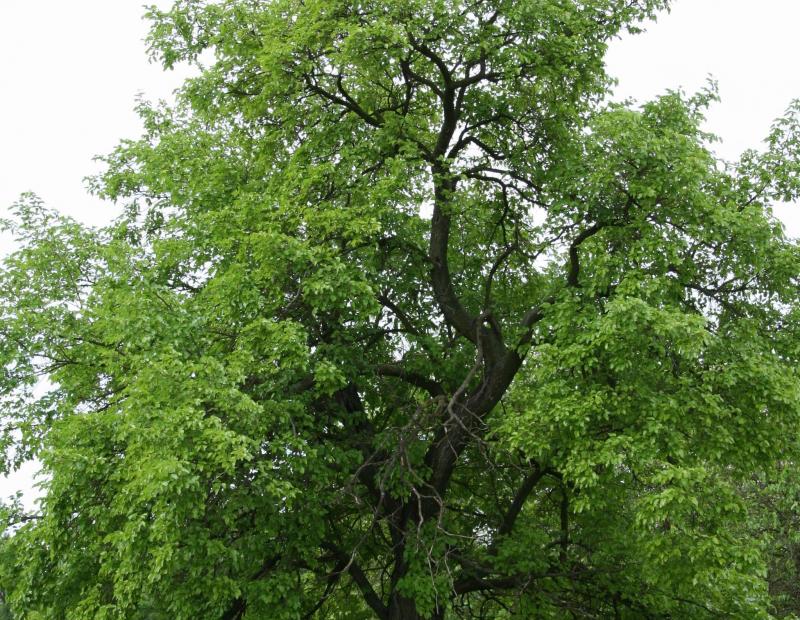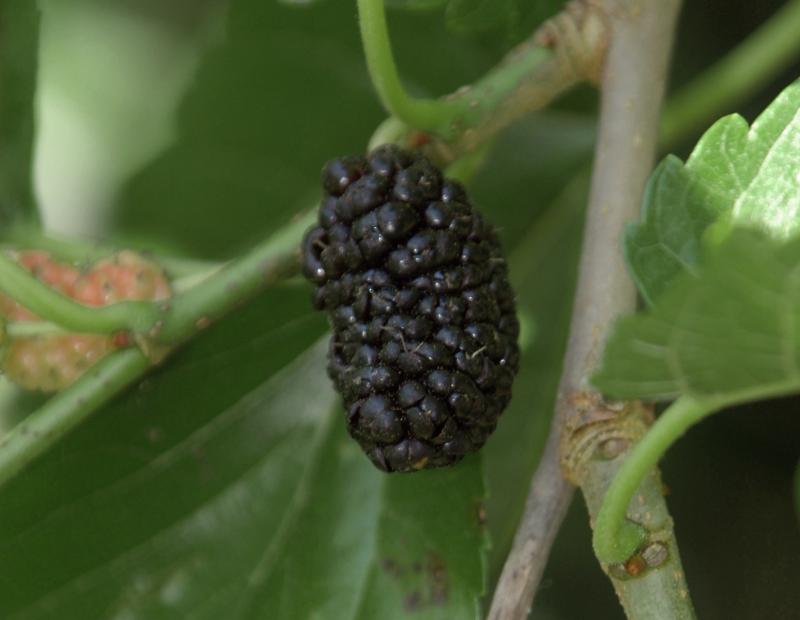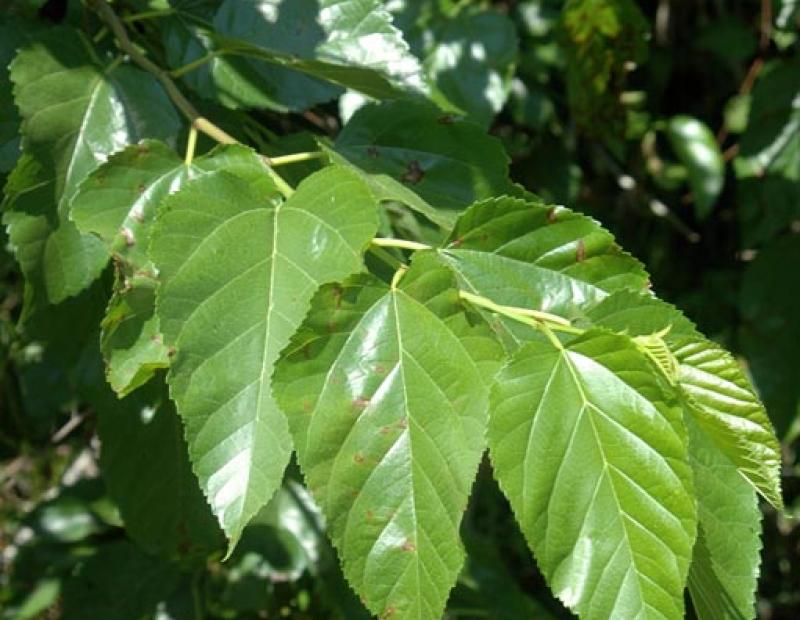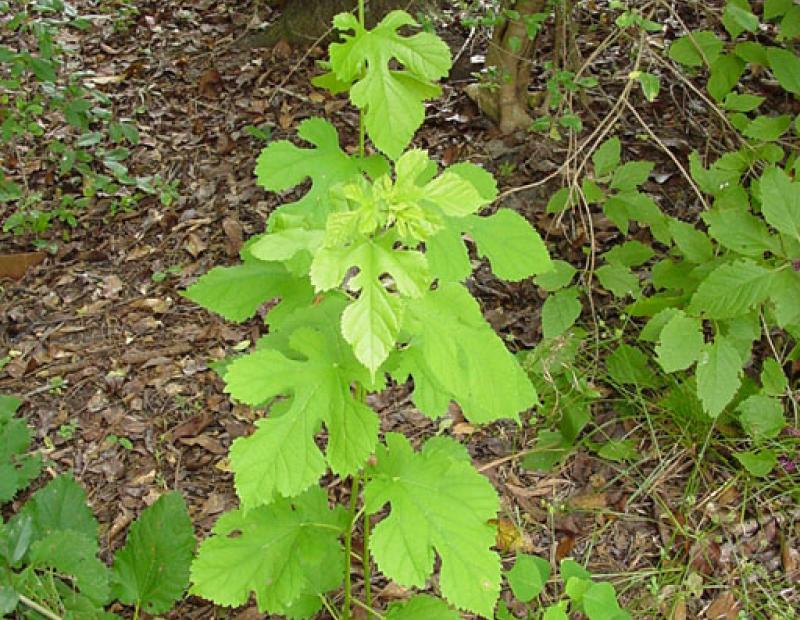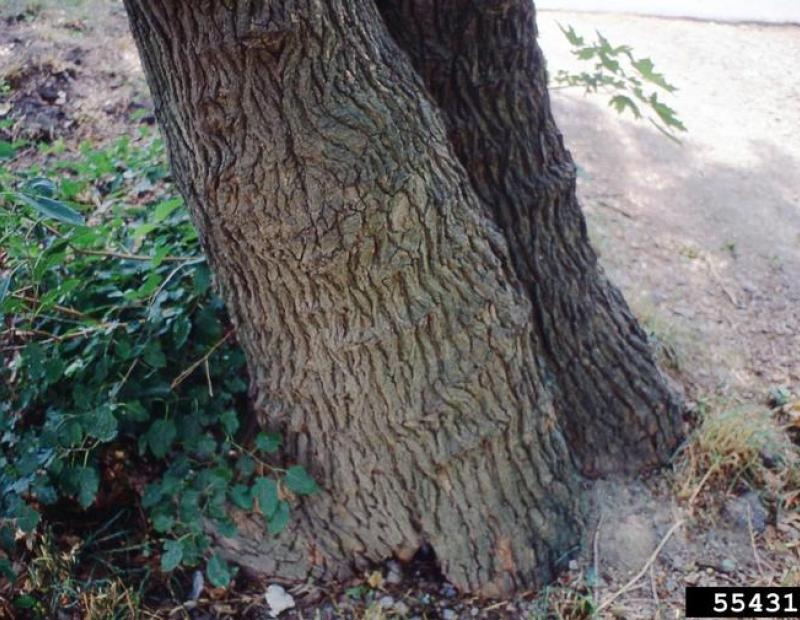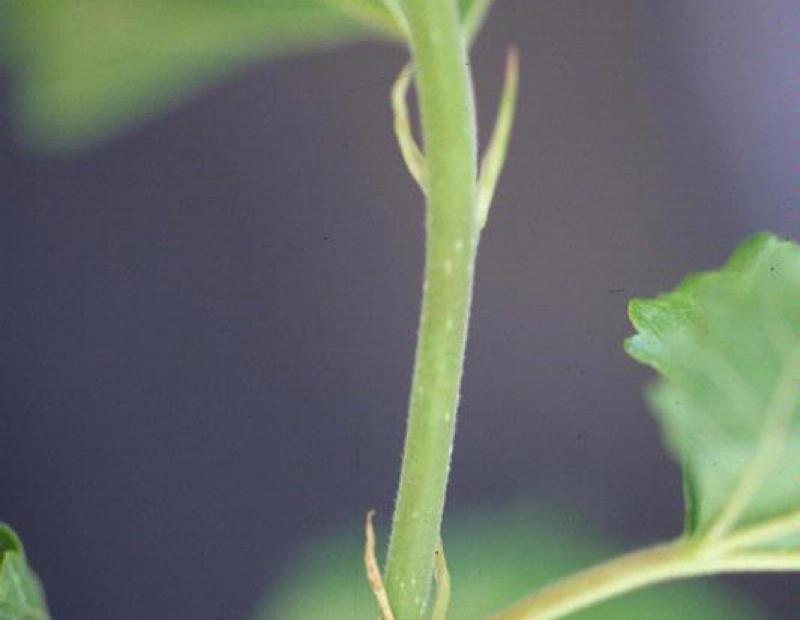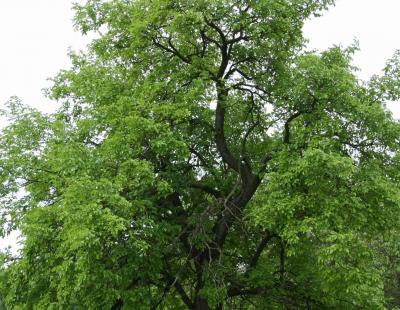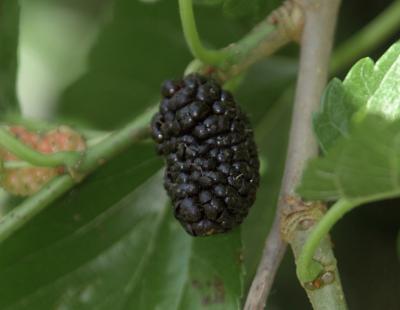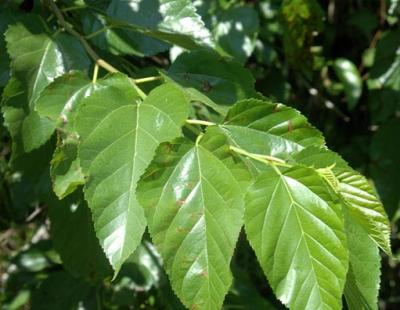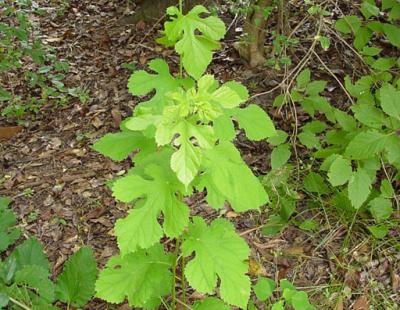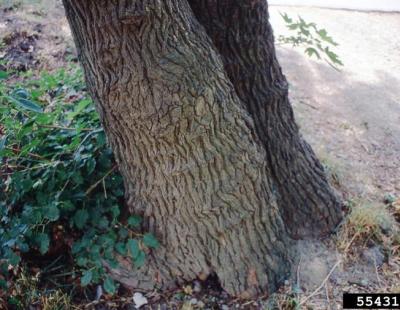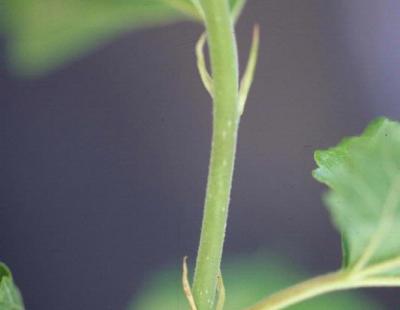Vertical Tabs
- White mulberry is a member of the Mulberry family (Moraceae).
- A small deciduous, round-topped tree native to China, white mulberry grows to 50 feet in ideal conditions. The species’ bark is narrowly furrowed and its dark, summer-ripening fruits beloved by birds. (1)
Leaves
Leaves are alternately arranged, highly variable in shape, dark green and very glossy on the surface. The margins of the leaf vary from coarsely serrate to deeply lobed and serrate. The leaves exude a milky sap when picked. (2)
Flowers
Flowers emerge in May in the Hudson Valley. White mulberry is usually dioecious, meaning the male and female flowers occur on different plants. Male flowers are arranged in greenish catkins, one to two inches long, while female flowers occur in slightly shorter, spike-like catkins. (2)
Fruit/Seed
White mulberry produces cylindrical fruits up to an inch in length, resembling a blackberry. Fruits can be purple, white, or black and ripen in late summer. (2)
Although white mulberry generally grows at low densities, this species has the potential to displace native trees and homogenize vegetative communities. Some studies have shown the species may have allelopathic properties, inhibiting the growth and germination of other plants in the vicinity. (3) Most problematic is white mulberry’s tendency to readily hybridize with the native red mulberry, threatening this native tree with local extinction. (2)
Biological Control
White mulberry is susceptible to several diseases present in North America, however, there is currently no single optimal biological control agent in use against this species (2)
Manual or Mechanical Control
Pulling / Digging Up: Pulling by hand is an effective method of control for seedlings and small plants (5)
Mowing: Not applicable
Girdling: White mulberry may be girdled, however, the species can regenerate via root and stump sprouts. (2)
Prescribed Fire: Hot wildfires are capable of top killing white mulberry, however, the species can regenerate from root and stump sprouts (2)
Prescribed Grazing: Not applicable
Soil Tilling: Not advisable. Tilling may fragment roots and encourage re-sprouting.
Mulching: Not applicable
Solarization: Not applicable
Hot Foam Spray: Not applicable
Chemical Control
The pesticide application rates and usage herein are recommendations based on research and interviews with land managers. When considering the use of pesticides, it is your responsibility to fully understand the laws, regulations and best practices required to apply pesticides in a responsible manner. At times, the pest you seek to treat may not be on a pesticide label, requiring a 2ee exemption from NYSDEC. Always thoroughly read the label of any pesticide and consult the NYSDEC or a licensed pesticide applicator with questions.
Foliar Spray: A 2% solution of glyphosate is effective at managing small white mulberry plants. Infestations managed in this way should be revisited in 2-3 weeks to monitor for regrowth. Always read and follow all instructions on the herbicide label. (2)
Cut Stump: Cut stump is perhaps the most effective means of treating larger white mulberry plants and populations. Apply a 25% solution of glyphosate directly to the stump. (5)
Basal Bark: A 20% solution of triclopyr may be applied from late winter to late summer directly to the lower portion of white mulberry’s bark. (5)
Cut and Frill: Apply a 50% solution of glyphosate or triclopyr to cuts in tree of heaven’s cambium, made at a height of six to 18 inches from the ground. This method is most effective if performed before leaf senescence. (5)
Hack-And-Squirt
Stem Injection: Not applicable
Pre-Emergent Spray: Not applicable
General management overview and recommendation
Although white mulberry can be a difficult species to control, it typically does not form dense stands or thickets. For large trees, repeated cutting and stump treatments coupled with foliar spray of new shoots will eventually achieve control. Managed infestations should be monitored for three years to ensure exhaustion of the short-lived seed bank. Any new seedlings can be hand pulled. (2)
Post treatment monitoring
Any infestations managed by chemical means must be revisited in 2-3 weeks to check for treatment efficacy. White mulberry seeds appear to remain viable in the seed bank for one to two years, so managed sites should be monitored accordingly. (4)
Disposal Methods
Waste material can be crushed, chipped, burned or composted so long as management was completed prior to seed set. Any fruit must be bagged and disposed of, and any roots thoroughly crushed or dried.
REFERENCES
- https://www.invasiveplantatlas.org/subject.html?sub=6050
- https://www.fs.fed.us/database/feis/plants/tree/moralb/all.html
- https://www.researchgate.net/publication/264397588_Allelopathic_influenc...
- https://www.extension.purdue.edu/extmedia/fnr/fnr_237.pdf
- http://www.docs.dcnr.pa.gov/cs/groups/public/documents/document/dcnr_010...

